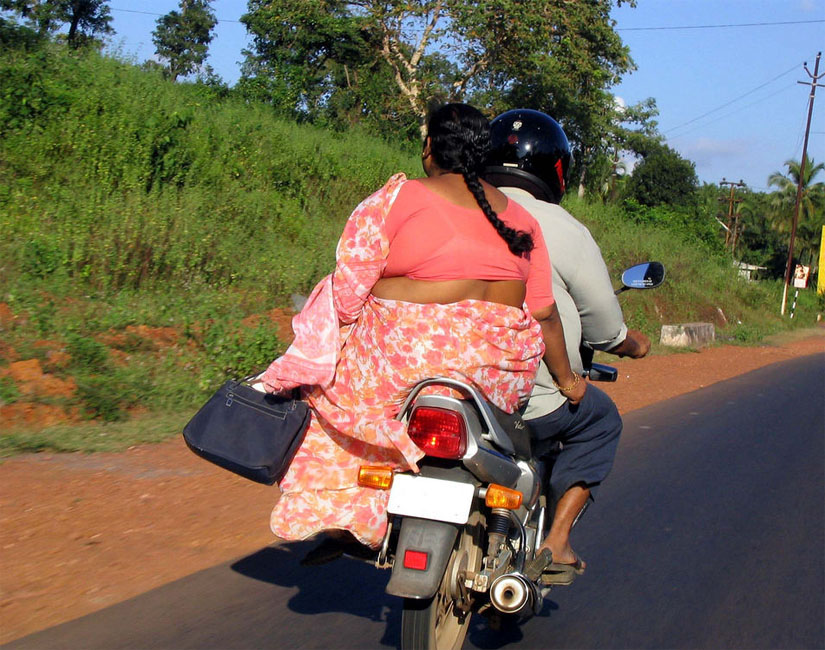New Delhi, India (VIAnews) – “The frustrating thing about India is that whatever you can rightly say about India, the opposite is also true.” Wise words by Cambridge economist Joan Robinson still holds germane to Indian society. Though the first reaction would be to attribute this quote with rising economic inequality, it is true in almost all other sectors, including dietary habits.
India is the second largest country in the world by population; home to people of extremely diverse religious, ethnic and cultural background. India has achieved self-sufficiency in grain production and been enjoying a steady economic growth for quite some time, despite the occasional setbacks. Per capita income tripled in last two decades, still, as per World Food Programme, a quarter of world’s total malnourished people lives in India. Simultaneously, maybe as a counter to this rhetoric and statistical anomaly, India’s enormous middle class- 300 million people- is falling victim to an obesity epidemic. India finds itself in an awkward position where Ministry of Health and Family Welfare has to tackle the rising risk of obesity in a country where Ministry of Consumer Affairs, Food and Public Distribution and various NGOs are fighting hunger and malnutrition.
This striking contradiction is not endemic to India, comparing body-mass index from 1975 to 2014 from adults in 186 countries showed increasing obese tendencies in middle- and poorer-income countries like China, India, and Brazil. In 2014 China had the most obese men and women in the world and also had the world’s largest population of underweight citizens. Yes, one can argue this contradiction as a result of non-normalized data with the population. But the alarming rate at which India has risen, 19th in 1975 obesity ranking to 3rd by 2014 is a data worth worrying about. And the inequality in the distribution of resources becomes all the more disturbing, considering the fact that India is number 1 in underweight population.
As per a new study in Lancet Journal, India leads the world in being home to over 40% of the global underweight population. China is a distant second with about 8% of underweight men and over 12% of underweight women. However, as of now, India also is the home for 9.8 million obese men, or 3.7% of the global population and 20 million obese women, 5.3% of the global population; And 14.4 million children are overweight, with an increasing rate higher than that of adults.
Obesity is often followed by a series of serious illness like diabetes, cardiovascular disease, and breathing disorders. According to World Obesity Federation data, the global annual medical cost of treating these aftereffects would reach $1.2 trillion per year by 2025. And limiting the discussion to the subcontinent, for India it would reach $13 billion by 2025. Extrapolated data is a dystopian scenario for a developing country which is battling itself with rising inequality, poverty, and malnutrition.
“With an estimated 177 million adults suffering severe obesity by 2025, it is clear that governments need to act now to reduce this burden on their national economies,” said Ian Caterson, President of World Obesity Federation.
The rising middle class and fast food culture are the usual suspects, but a proper analysis of the dietary habits is required, considering the fact that India has a significant fraction of Vegetarians. There is a silver lining in the data of National Family Health Survey with a reduction in the overall rates of infant mortality, maternal mortality, and fertility rate with increased sex ratio. India ranks only 143 out of 184 countries for health-related UN’s Sustainable Development Goals. Let World Obesity Day be an occasion to relook and analyze the extremities in India’s bell curve and be proactive about the health war on both sides.
Otherwise, India will remain a country of too much and too little at the same time.







